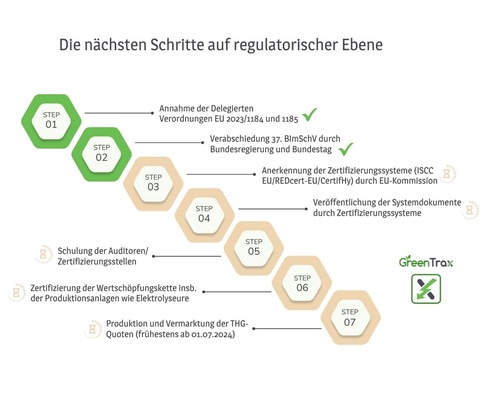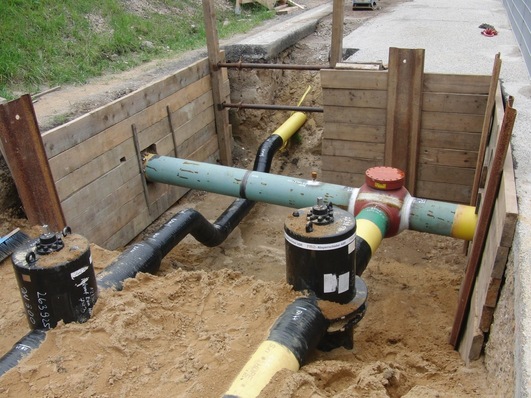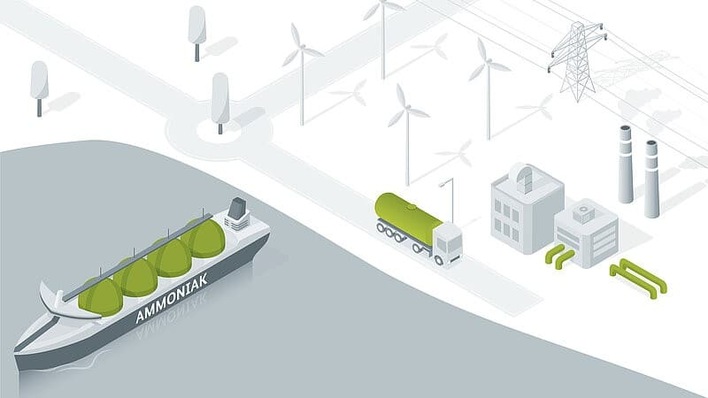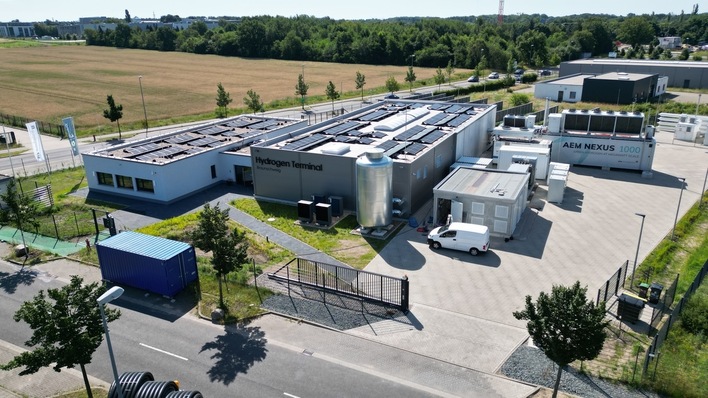August 27, 2025 | Print preview
Allianz Commercial has published a white paper on the topic of hydrogen. The insurer sees different risks depending on the application. From power plants to trucks and ships to the fertilizer industry, the greatest concern is that the gas could escape unnoticed through tiny leaks and lead to explosions. However, the measures and potential damages vary.
Also insurable: serial losses, failures, supply chain issues…
One particular feature of this emerging technology is the risk of serial losses. This means that if a specific design is found to have problems, it may already be in use in numerous projects. In such cases, the equipment must be replaced in all applications. Such incidents have already occurred in the wind energy sector, it is noted.
Insurance could also cover risks along the entire supply chain, from construction and production to the end user. Property and liability damages, machinery breakdowns, and business interruptions could be insured. Construction and marine insurance could also be relevant for the hydrogen sector. The hydrogen insurance market could reach a value of over USD 3 billion by 2030, it is stated.
“At Allianz, we are currently working on a hydrogen insurance product. We have established a cross-functional team for climate technologies to bring together all our experts and knowledge in this area and to offer solutions for energy transition challenges such as the risks of green hydrogen,” says Harald Dimpflmaier, Regional Head of Natural Resources Underwriting at Allianz Commercial.
Hydrogen risks could be integrated into existing insurance policies
Existing property, liability and specialty insurance policies for end users dealing with hydrogen would also need to be adapted accordingly, the report explains. Energy, natural resources and liability insurance could be most affected over the next five to ten years, followed by property and marine insurance. At sea, the concerns are not limited to explosions but also include the risk of machinery breakdowns, which could increase, it is stated. Shipping companies would have to contend with increased risks related to hydrogen embrittlement, gas leaks and explosions. Port operators, bunkering facilities and refueling companies would have to deal with the handling of highly flammable and cryogenic liquid hydrogen, which entails greater accident and contamination risks. Quality assurance and standardization are therefore becoming even more important, as insurers will check during commissioning whether all precautions have been taken.
How this area will develop remains to be seen. Photovoltaics is already further along. Solar systems are generally considered part of a building and only need to be registered and properly installed. However, this usually involves private insurance, so consumer protection regulations apply. For commercial customers, contractual freedom is greater. Whether and at what cost hydrogen-specific risks can be insured could become a relevant factor for economic viability.
Rapid developments make risks difficult to calculate
The fact that the industry is changing so quickly makes things more complicated. Start-ups and innovations are not exactly the favorites of insurers. Lucas Illgen, Senior Risk Consultant, Property at Allianz Commercial, says: “We have to take into account the maturity level of the hydrogen industry. We are dealing with technologies that are either untested or at least not yet deployed on an industrial scale. Some projects are using new electrolyzers for the first time. That’s why we have to assess whether we are dealing with established or prototype technology when evaluating risks.”
Supply chains that are still under development also bring risks and potential for damage, adds Berardinelli, Senior Risk Consultant, Natural Resources at Allianz Commercial: “There is only a limited number of established and specialized suppliers and contractors. This makes it difficult to diversify supply chains. And as the hydrogen industry expands, supply chains could come under increasing pressure, leading to capacity bottlenecks, delays and longer lead times for spare parts.”









